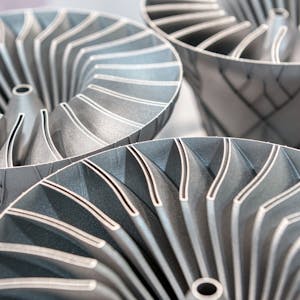Population, Food, and Soil
About this Course
This course explores the population-environment relationship. In this course, you will learn about the human population and the ways in which changes in the population affect the environment. Agriculture, soils, and the environmental implications of eating meat, vegetables, local, organic, sustainable, industrial, and other types of food are discussed too. We explore questions such as: 1. How many people live on Earth right now? 2. What is the carrying capacity of Earth? 3. What is the relationship between the number of people, where they live, the resources they consume, and their environmental impact? 4. What types of agriculture are used right now? 5. What is the difference between organic and conventional agriculture? 6. Why would you want to dig a soil pit? A conversation with Phil Connors, an Australian Environmental Scientist, will explore the topic of human population and sustainability. You will also listen to the conversations with Danielle Allen, an organic farmer, and Justin Richardson, a soil scientist.Created by: Dartmouth College

Related Online Courses
The Unordered Data Structures course covers the data structures and algorithms needed to implement hash tables, disjoint sets and graphs. These fundamental data structures are useful for unordered... more
Seiring semakin meningkatnya penggunaan Kecerdasan Buatan dan Machine Learning di kalangan perusahaan, proses membangunnya secara bertanggung jawab juga menjadi semakin penting. Membicarakan... more
This specialization is for learners wanting a thorough understanding of renewable energy concepts, tools, and applications. This knowledge can be employed to advance in your current work, to move... more
Overview of the main principles of Deep Learning along with common architectures. Formulate the problem for time-series classification and apply it to vital signals such as ECG. Applying this... more
This specialization is designed to be an introduction to additive manufacturing (AM) with exposure to six different AM processes. The field of AM can be broadly divided into three elements:... more







